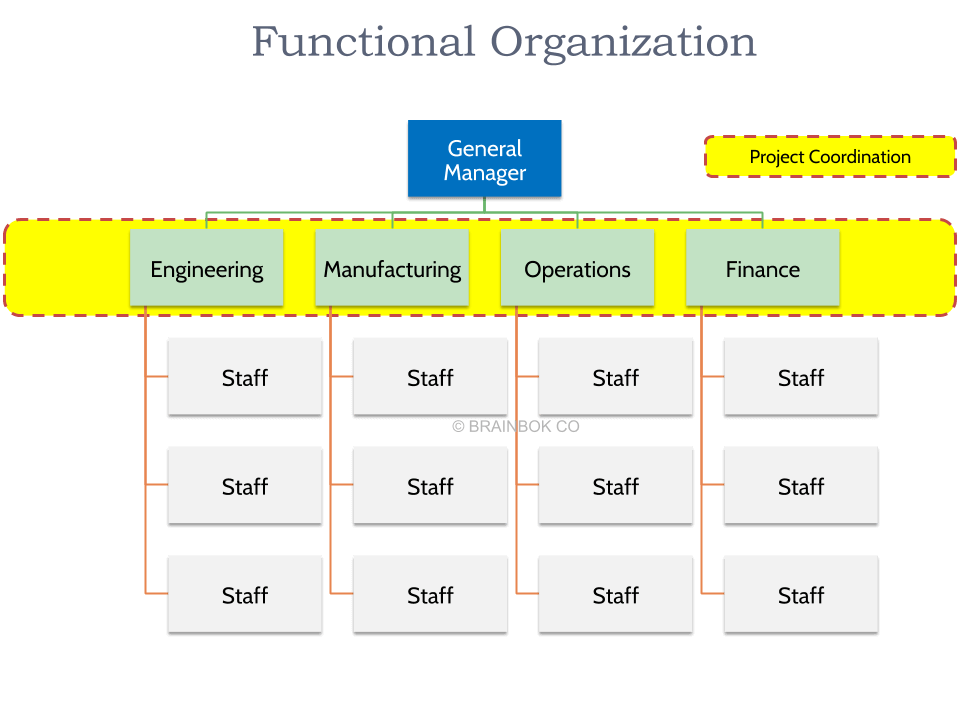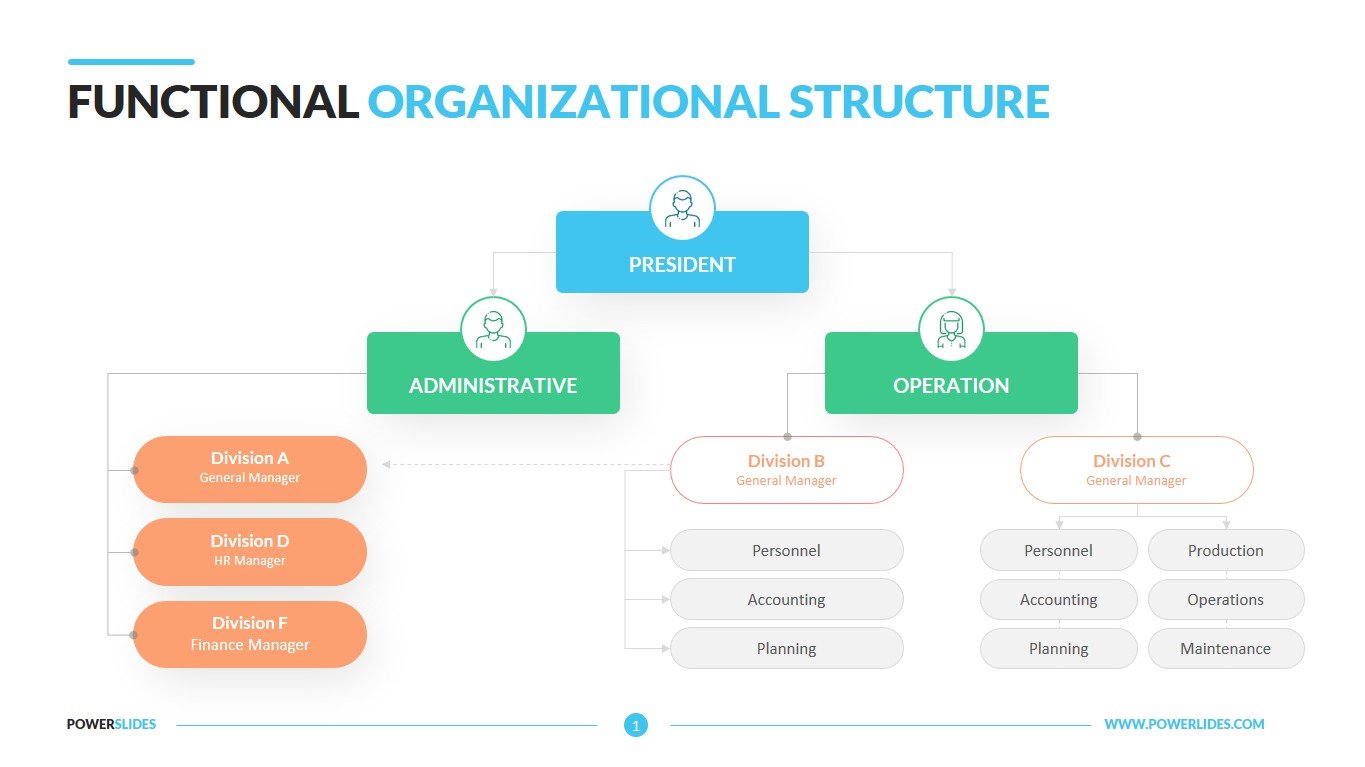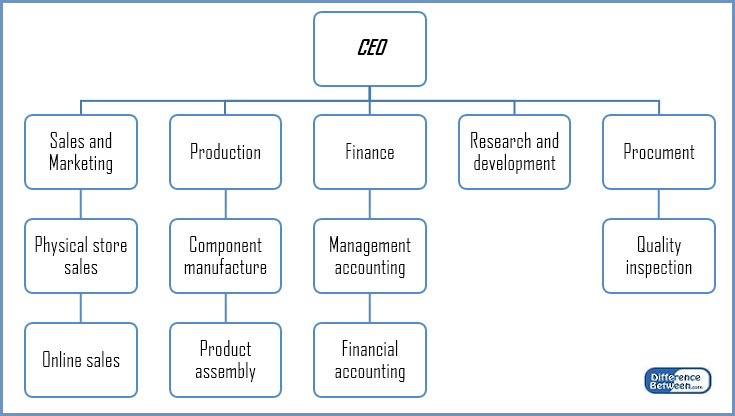

We first examined CDP-choline and 1,2- sn-diacylglycerol as substrates and measured the enzymatic activity by following the production of CMP (Methods and Supplementary Fig. xlCHPT1 was purified as a homodimer and we examined its enzymatic activity and substrate preference. Since most eukaryotic CDP-APs have 10 TMs and utilize different substrates from their prokaryotic relatives, we pursued their structure and examined their functions to gain a better understanding of the mechanisms.įull-length Xenopus laevis CHPT1 (xlCHPT1, UniProt accession number Q4KLV1), which is ~68% identical and ~83% similar to both human CHPT1 and CEPT1, was expressed and purified (Methods, Supplementary Figs. The structures of eukaryotic CDP-APs remain elusive. Structures of several bacterial CDP-APs have been reported 15, 16, 17, which define a common structural fold composed of six TMs and have the CDP-AP signature motif located on TM2 and TM3 that coordinate either one or two Mg 2+. In prokaryotic cells, the CDP-linked alcohol is frequently a CDP-DAG and hence the name phosphatidyltransferase. CDP-APs share a signature sequence motif, D 1xxD 2G 1xxAR…G 2xxxD 3xxxD 4, and catalyze the displacement of cytidine monophosphate (CMP) from a CDP-linked alcohol with another alcohol. All three enzymes are found in the membranes of endoplasmic reticulum or Golgi complexes and critical for cell functions 14.Īlthough CHPT1, CEPT1, and EPT1 are phosphotransferases, they are classified into the superfamily of CDP-alcohol phosphatidyltransferases (CDP-AP, InterPro IPR000462), which are ubiquitous in both prokaryotic and eukaryotic organisms. Another closely related enzyme, ethanolamine phosphotransferase-1 (EPT1), catalyzes the transfer of ethanolamine phosphate from CDP-ethanolamine to DAG and produces phosphatidylethanolamine (PE) (Supplementary Fig.
#Functional structure Pc#
In CHPT1 and CEPT1, choline phosphate from CDP-choline is transferred to the free hydroxyl of a DAG to produce a PC (Supplementary Fig. In eukaryotic cells, the production of PC is mainly achieved through de novo synthesis by the Kennedy pathway, which is a multi-stepped process and the last of which is the production of PC catalyzed by two highly homologous enzymes, cholinephosphotransferase-1 (CHPT1) and choline/ethanolamine phosphotransferase-1 (CEPT1) 9, 10.

Inhibition of PC synthesis leads to arrested cell growth and apoptosis 6, 7, 8. Phosphatidylcholine (PC) is the main phospholipid in eukaryotic cell membranes, and serves as a precursor to a number of phospholipids and second messengers, such as phosphatidylserine, sphingomyelin, phosphatidic acid (PA), lyso-PC, and diacylglycerol (DAG) 1, 2, 3, 4, 5. The structures also reveal an internal pseudo two-fold symmetry between TM3-6 and TM7-10, and suggest that CHPT1/CEPT1 may have evolved from their distant prokaryotic ancestors through gene duplication. The structures identify a catalytic site unique to eukaryotic CHPT1/CEPT1 and suggest an entryway for DAG. The enclosure opens to the cytosolic side, where a CDP-choline and two Mg 2+ are coordinated. The first 6 TMs carve out a cone-shaped enclosure in the membrane in which the catalysis occurs. xlCHPT1 forms a homodimer, and each protomer has 10 transmembrane helices (TMs). Here we report structures of a CHPT1 from Xenopus laevis (xlCHPT1) determined by cryo-electron microscopy to an overall resolution of ~3.2 Å. However, mechanisms of substrate recognition and catalysis remain unresolved.

CHPT1/CEPT1 joins two substrates, cytidine diphosphate-choline (CDP-choline) and diacylglycerol (DAG), to produce PC, and Mg 2+ is required for the reaction. In eukaryotes, two highly homologous enzymes, cholinephosphotransferase-1 (CHPT1) and choline/ethanolamine phosphotransferase-1 (CEPT1) catalyze the final step of de novo PC synthesis. Phosphatidylcholine (PC) is the most abundant phospholipid in eukaryotic cell membranes.


 0 kommentar(er)
0 kommentar(er)
